Materials used in construction are another aspect where culture and architecture intersect. The availability of materials and the climate of a region significantly influence the types of materials used. In warm climates, buildings might be constructed with materials like mud, straw, and bamboo to provide shade and insulation, while in colder climates, stone, brick, and timber are more common.
The function of buildings also often reflects cultural values. In Western cultures, homes are typically seen as private, individual spaces, whereas in Eastern cultures, homes are often shared spaces for the entire family. Religious buildings also vary greatly in design based on cultural beliefs. For example, Christian churches are often grand and imposing, symbolizing the power of God, while Buddhist temples are designed to be simple and peaceful, reflecting the belief in inner peace and meditation.
Architecture not only reflects culture but also shapes it. It preserves historical traditions, embodies cultural values, and defines the physical environment in which a society lives. Through its design and symbolism, architecture serves as a visual representation of cultural heritage and helps to define a community's unique identity.
For centuries, humans have built with the earth beneath their feet. Mudbrick and rammed earth construction have been a cornerstone of vernacular architecture around the world. However, in recent times, concrete has become synonymous with modern construction. But is this reliance on concrete the most sustainable path forward?
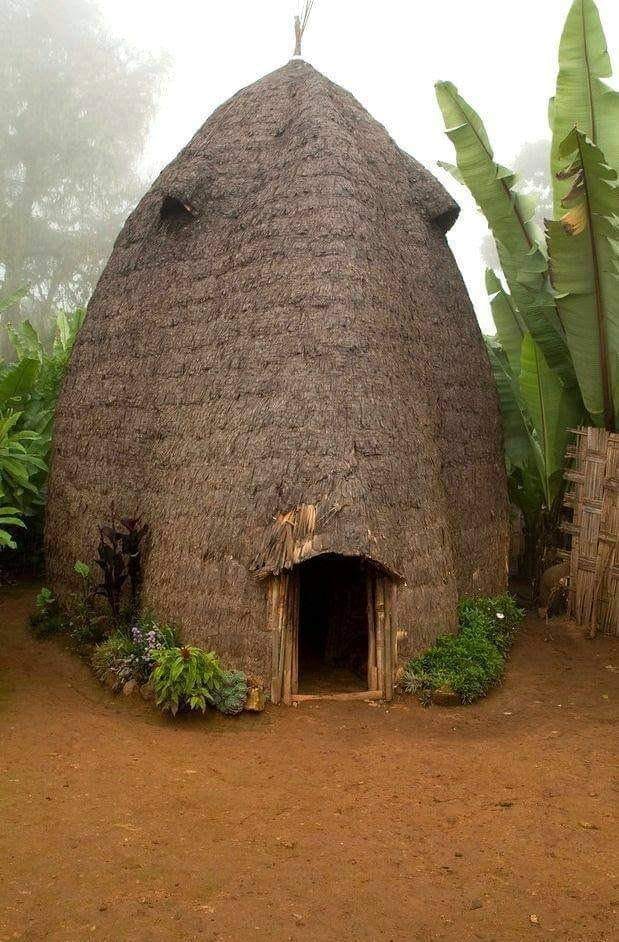
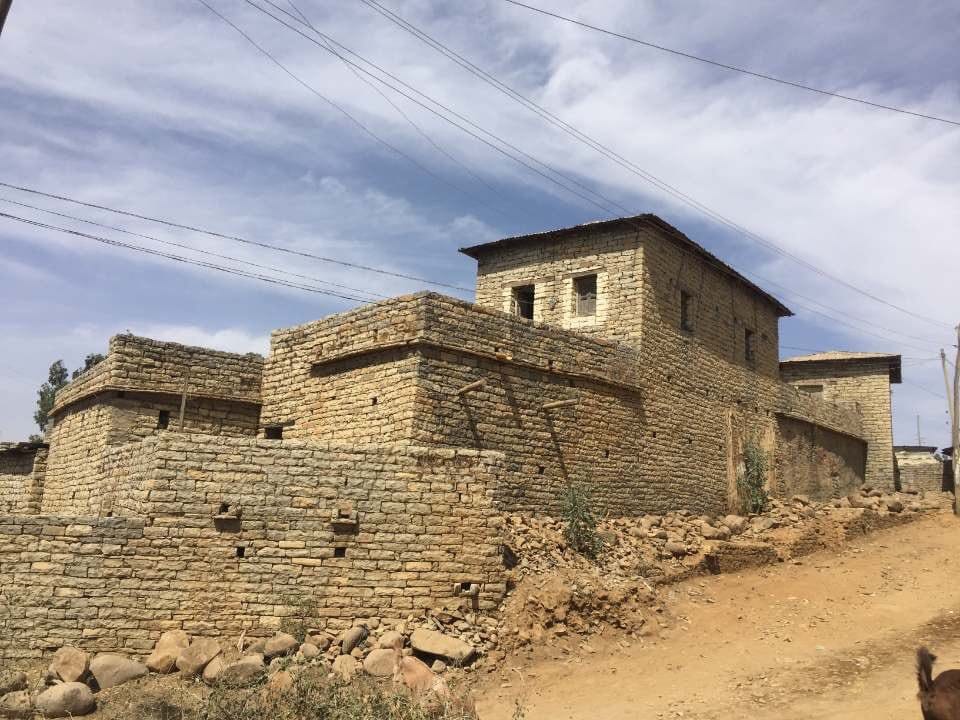
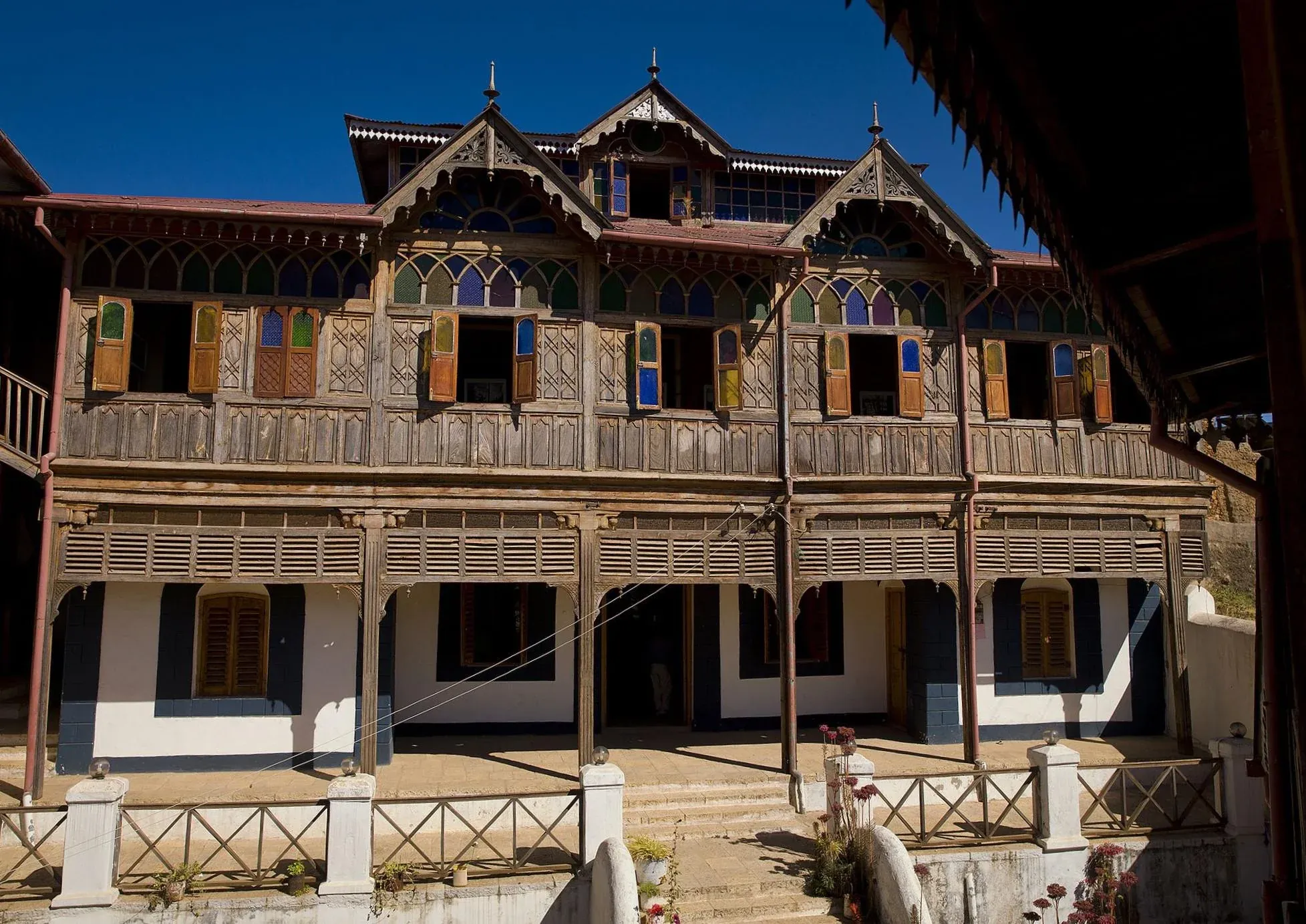
Dorze Architecture| Tigray Architecture | Harrar Architecture
Ethiopia boasts a rich architectural heritage deeply engrained into the fabric of its history and cultural significance. The majority of Ethiopians (around 80%) still live in rural areas and are accustomed to building with natural materials like mud, stone and woven bamboo. From the rock hewn churches of Lalibela, the magnificent city of Harar, and the unique Hidmo house construction in Tigray, preserving and studying these architectural gems transcends mere nostalgia. Not only does it serve as a tangible link to the past, giving us a deeper understanding of Ethiopian identity, it also can help us solve currently prevalent issues of sustainability. Additionally, these architectural wonders draw visitors from across the globe, fueling a vibrant tourism industry that injects revenue into local communities and stimulates economic growth.
There's a huge need to build public infrastructures like schools, libraries, hospitals, community halls and other types of buildings with minimum cost. But in recent times, standardized construction methods and design rigidity have made it very hard to address the infrastructural demands of the people in our country. We often opt to use reinforced concrete for every project, in every part of the country, which has caused a supply shortage. In every construction project, raw materials often need to be transported from quarries more than 100 km away from the site. Bringing skilled labor is also required to execute the works, because working with cement isn't local knowledge. All these factors make the construction costs go higher, and according to a pilot CoST study conducted here in Ethiopia, public-sector projects exceeded their cost targets by more than 50% and their time targets by more than 100%.
The Allure of building with Earth: Sustainable, Affordable, and Natural
Mud houses get a bad rap for being outdated and inferior. However, modern mudbrick construction techniques employ stabilizers like lime or straw to create incredibly durable structures. These natural materials require minimal processing, significantly reducing the environmental impact compared to the massive carbon footprint of concrete production.
Furthermore, mud is a readily available, local resource. This translates to lower transportation costs and eliminates the need for complex material supply chains. This local focus also empowers communities by utilizing traditional building skills and fostering a sense of self-reliance.
In order to counter the notion that constructing with earth is backwards and for the poor, we need to construct buildings which include all the amenities people value today. One example is the Limalimo Lodge, which was constructed using Rammed Earth.
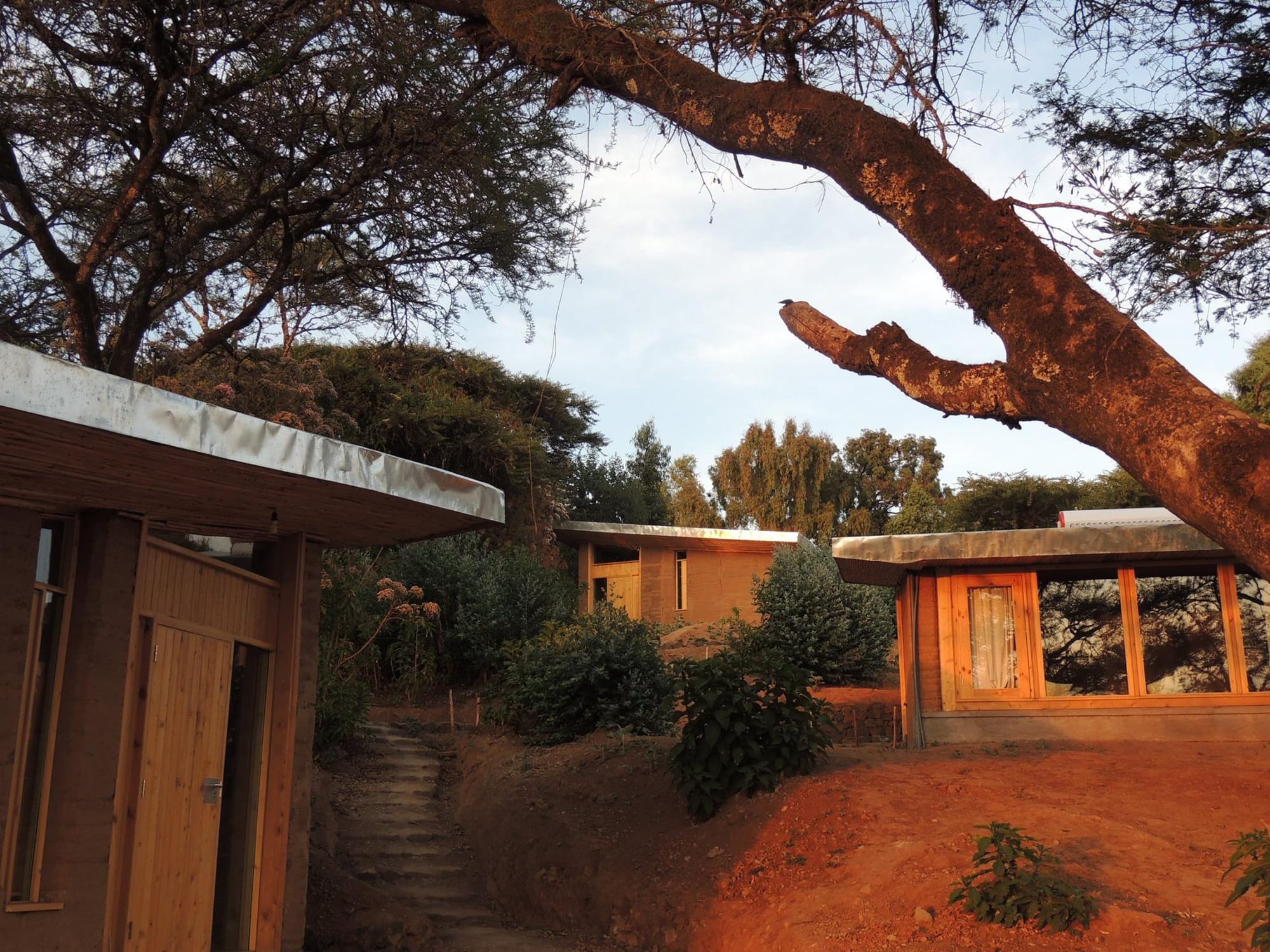
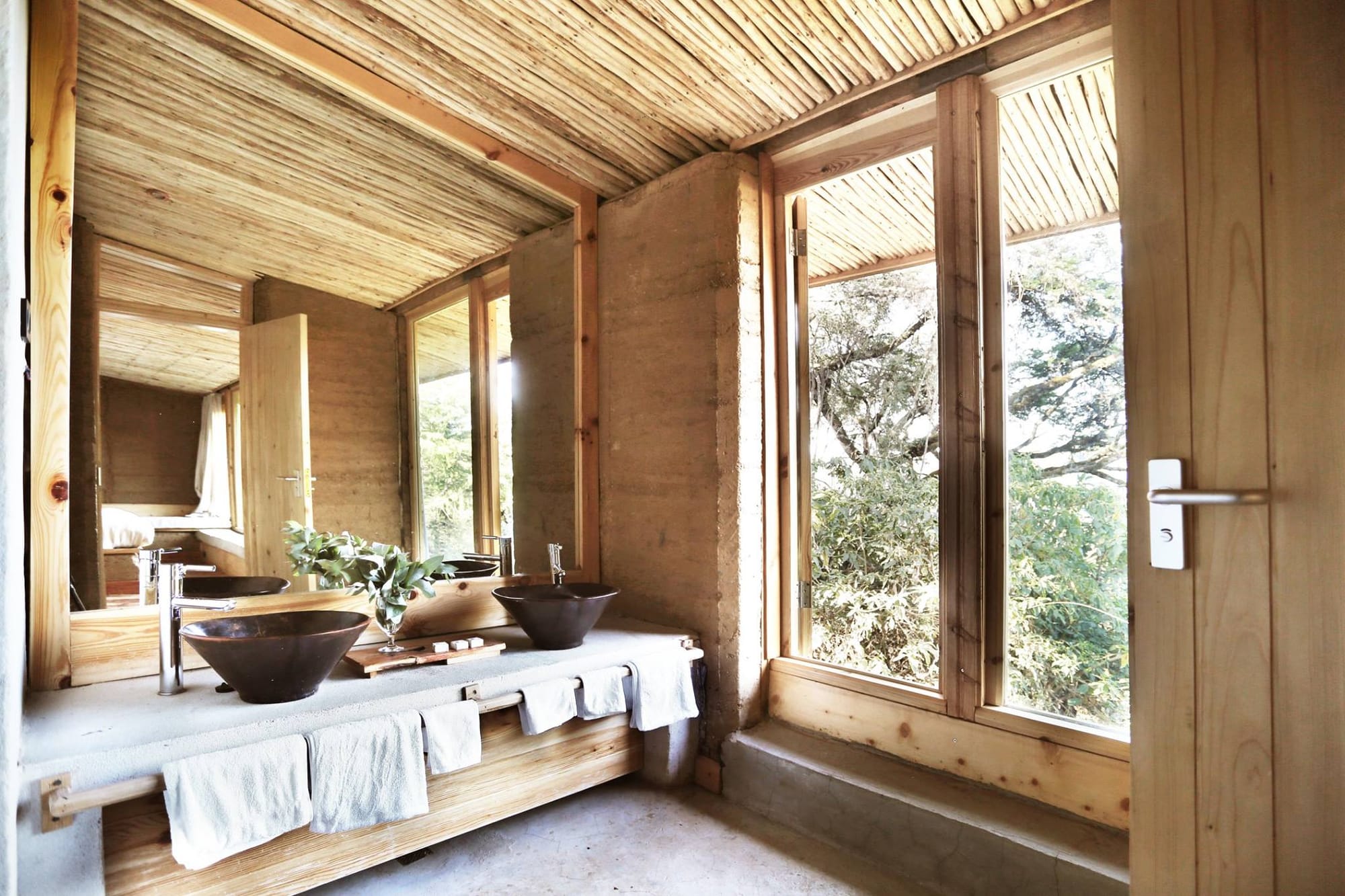
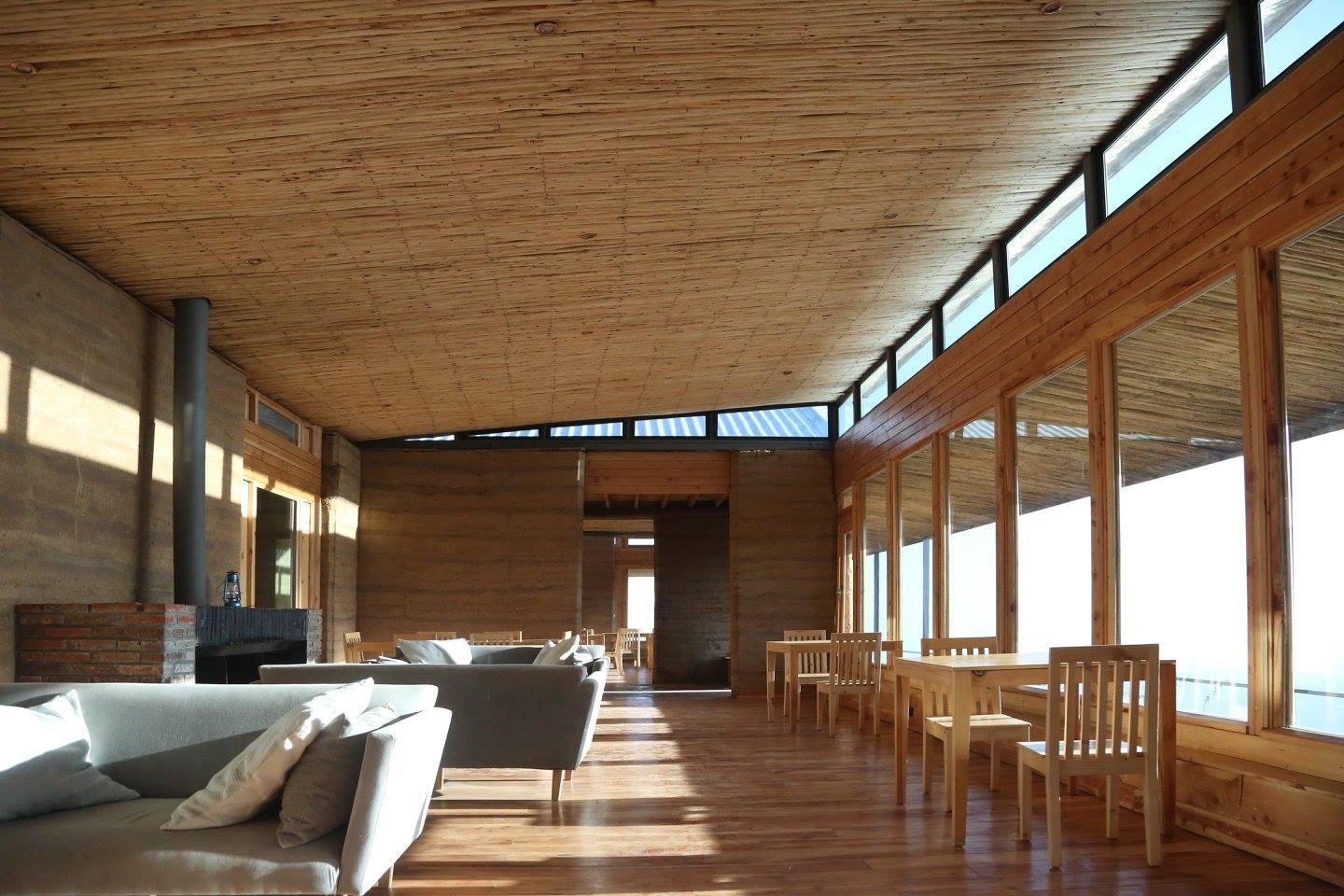
Taking Inspiration from Others
In a world grappling with the environmental consequences of construction, building with earth offers a compelling alternative. It's sustainable, affordable, and fosters a deeper connection with the natural world. Here are some of the best public infrastructural projects around the world, that we can learn from.
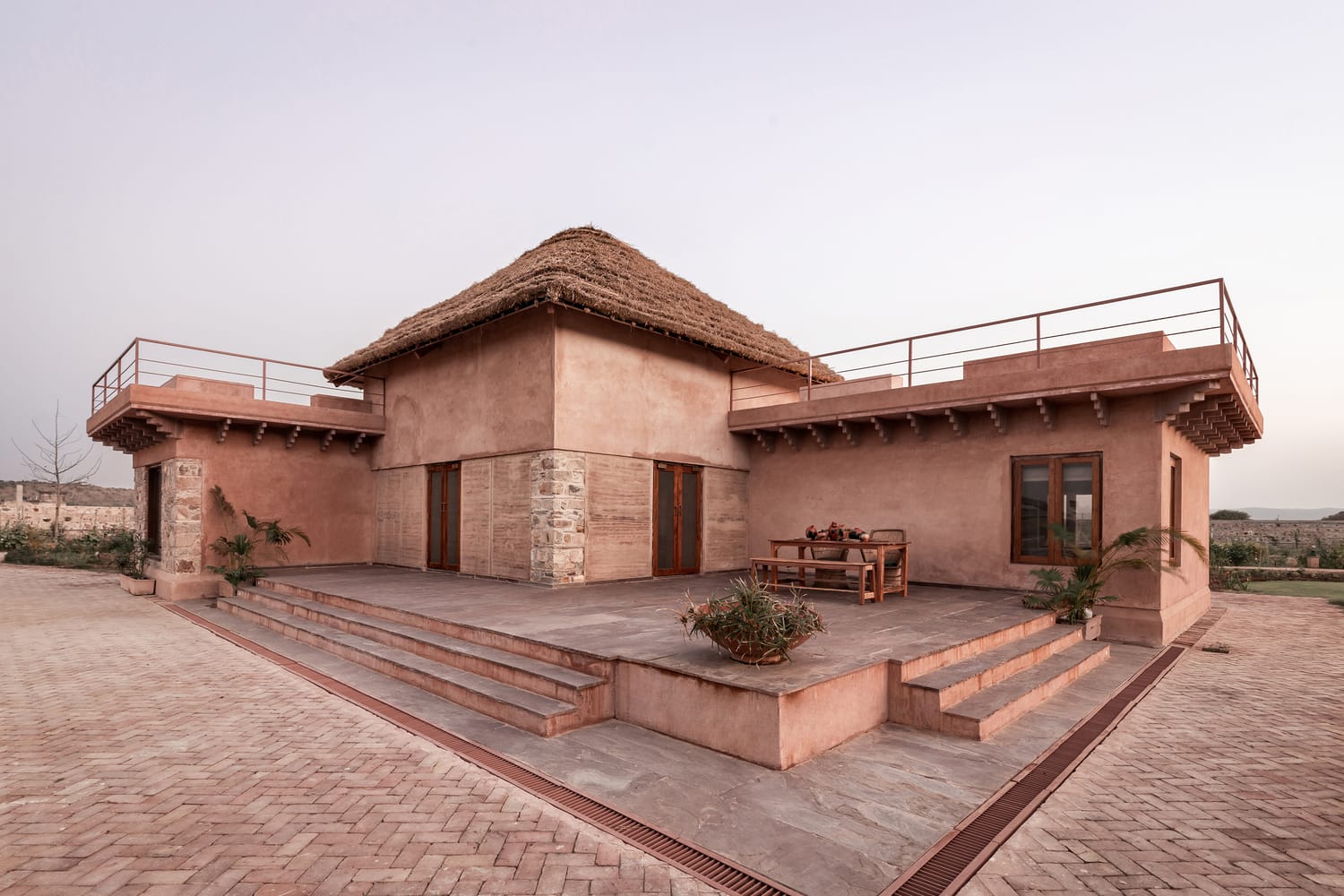
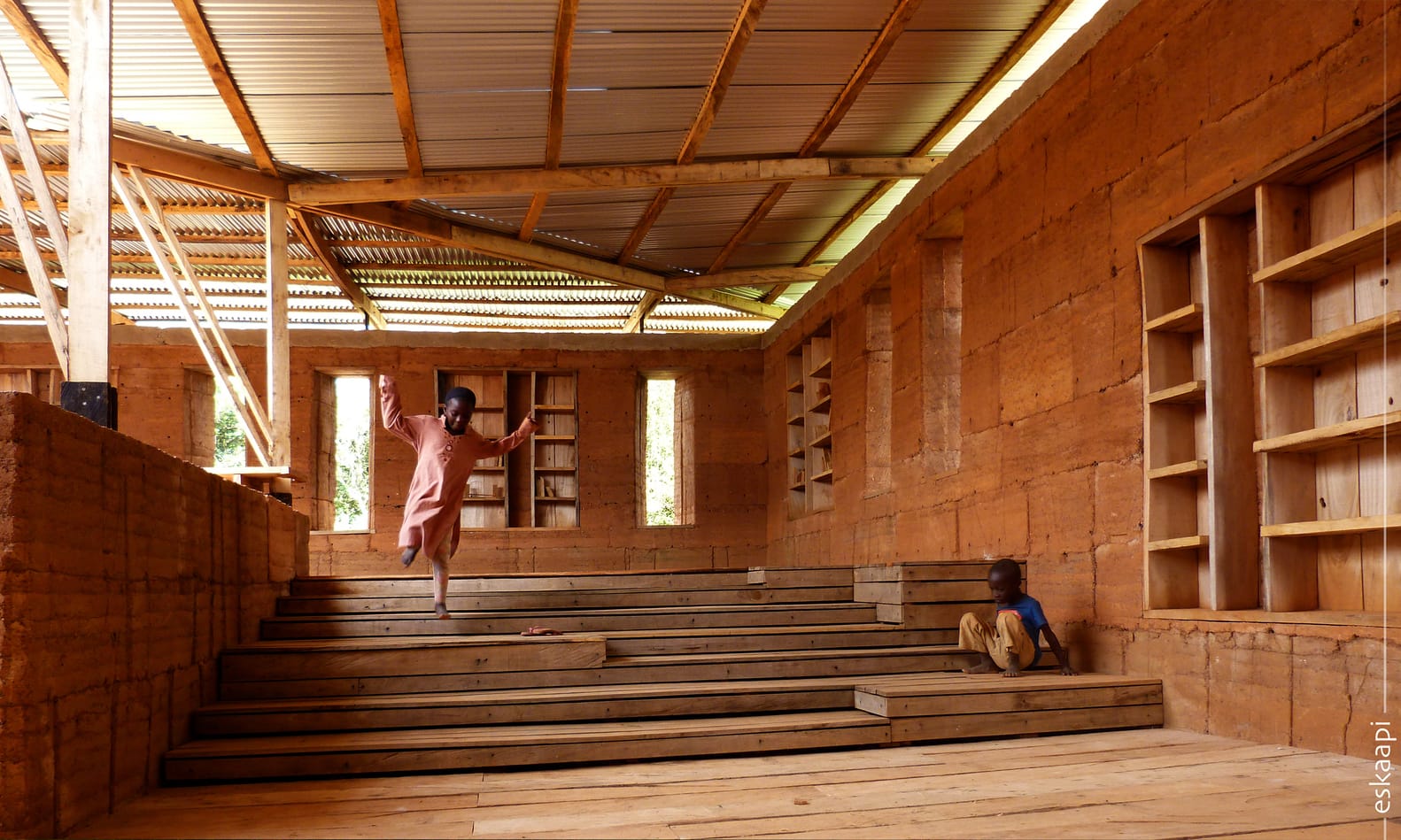
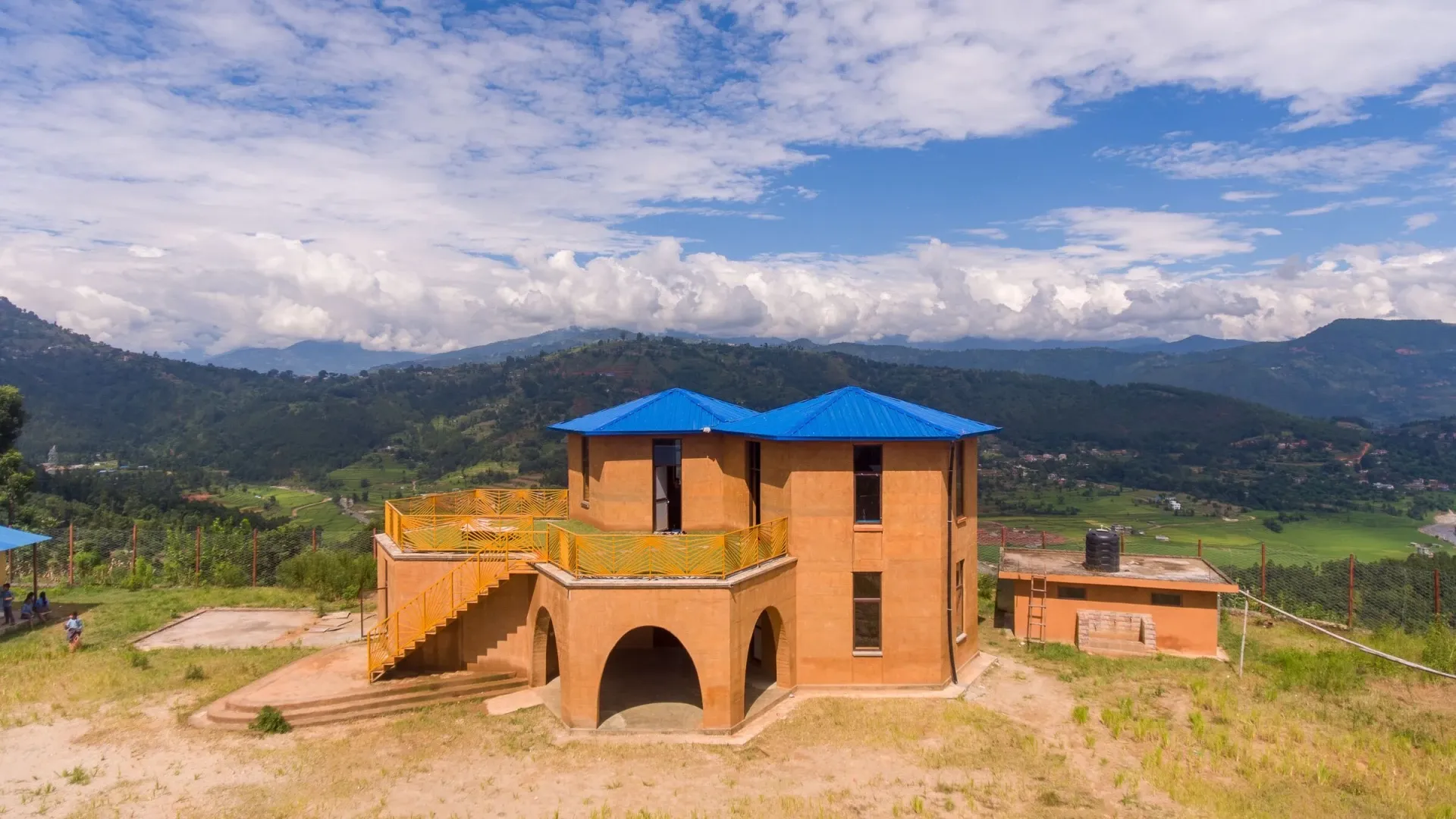
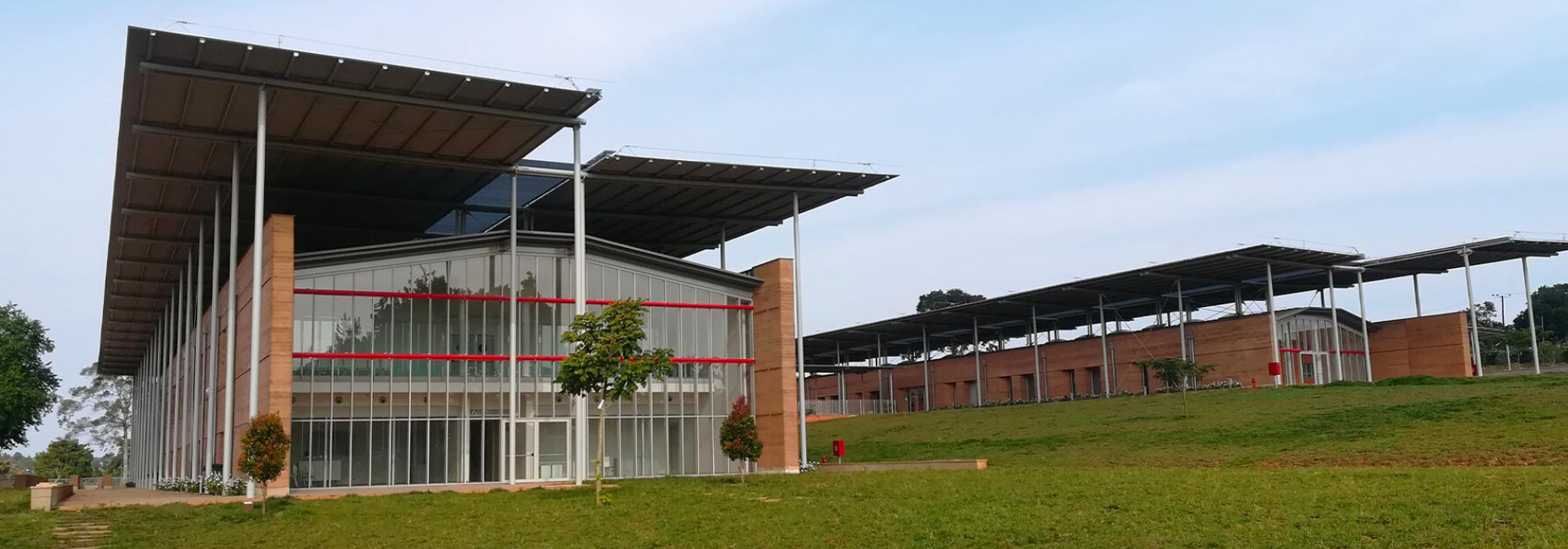
In conclusion, by embracing vernacular architecture and locally-sourced materials like mud and bamboo, Ethiopia can not only preserve its rich cultural heritage but also address contemporary challenges. Sustainable construction practices that utilize traditional knowledge alongside modern techniques can reduce environmental impact, empower communities, and create a more sustainable future for Ethiopian architecture.
Perhaps, it's time we redefined what "modern" construction truly means.





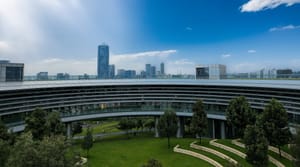
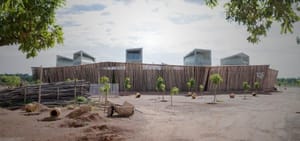
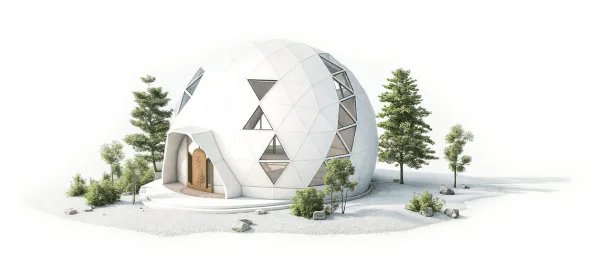

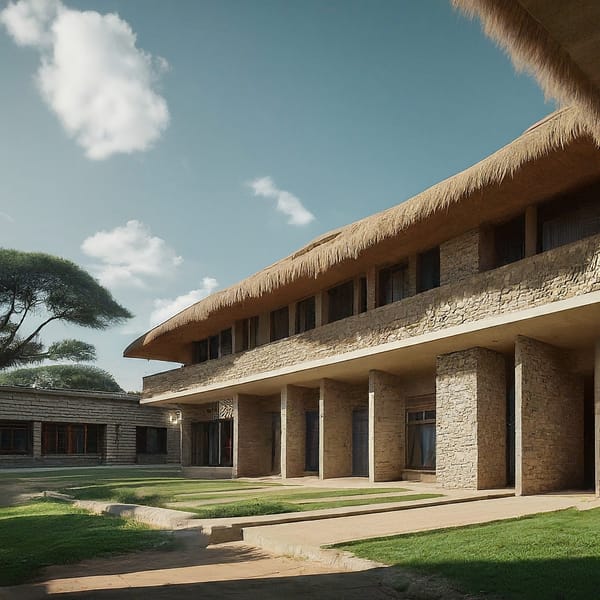


Member discussion